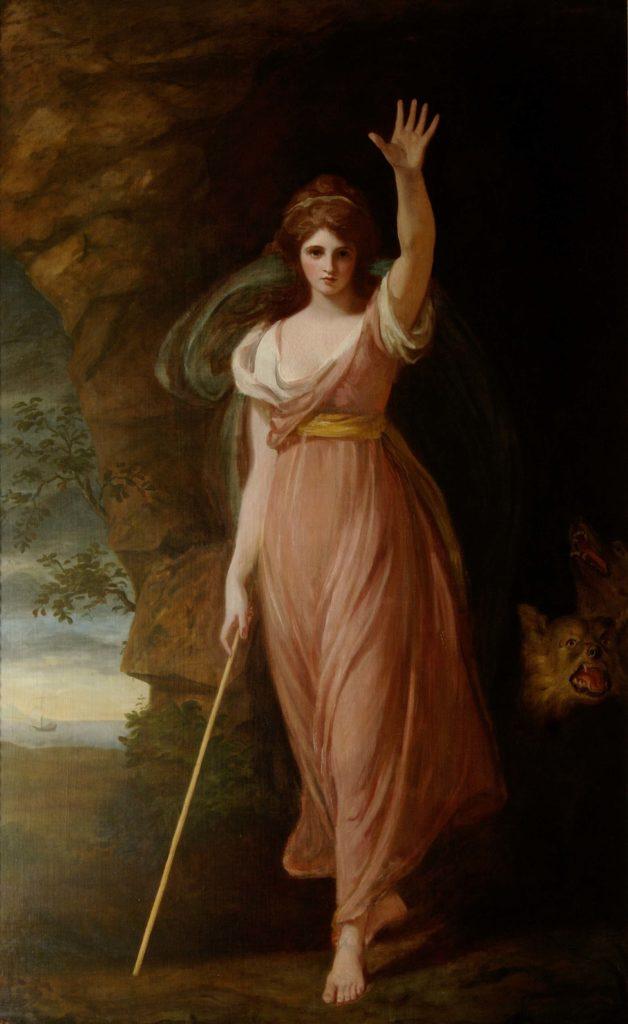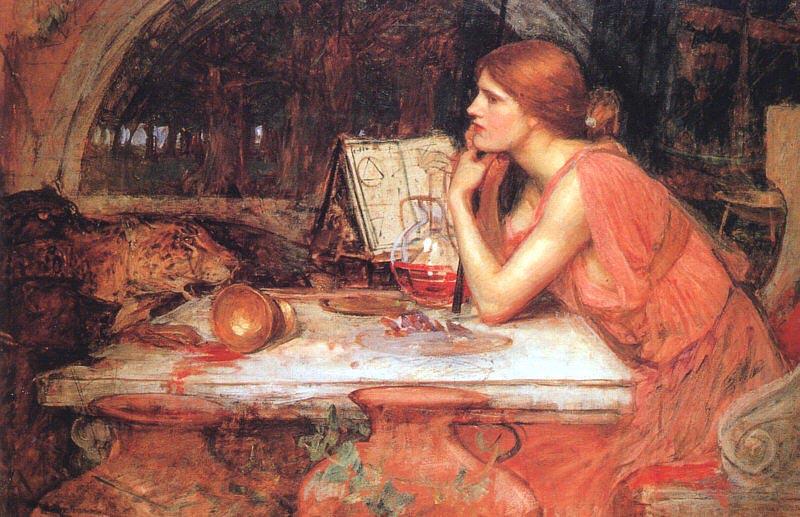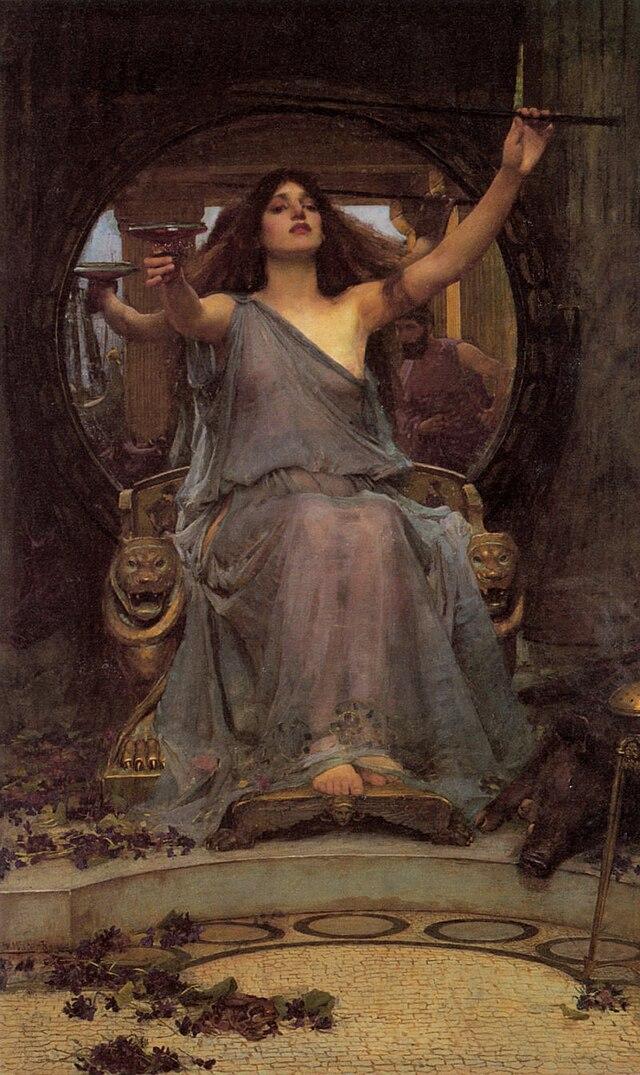In recent years, the figure of Greek mythology“>Circe from ancient Greek mythology has resurfaced in popular culture, captivating audiences with her enigmatic persona and complex narrative. As a formidable sorceress who defies the constraints of her time, Circe presents a compelling case study for examining the portrayal of women in mythology. This article delves into the dual nature of Circe’s legacy, exploring whether her story serves as a source of empowerment for women or inadvertently reinforces traditional gender roles. By analyzing various interpretations of Circe’s character across literature and media, we aim to uncover the nuanced ways in which her mythological journey reflects broader societal attitudes towards gender and power. Through this exploration, we seek to understand the impact of ancient myths on contemporary perceptions of femininity and the ongoing dialogue surrounding gender dynamics.
Examining Circes Role in Mythology and its Impact on Gender Perception
Circe, a complex figure in Greek mythology, serves as a fascinating lens through which to examine gender dynamics. Her portrayal as both a powerful enchantress and a solitary exile reflects the dualities inherent in perceptions of women throughout history. Circe’s ability to transform men into animals challenges traditional gender roles by subverting the typical power dynamics; however, this power is often depicted as stemming from her isolation and ‘otherness’, suggesting that women’s power is both feared and marginalized. Such narratives can be seen as reinforcing the notion that a woman’s strength must exist outside societal norms.
- Empowerment: Circe’s autonomy and mastery of magic can be seen as empowering, offering an image of a woman who controls her own fate and defies patriarchal expectations.
- Reinforcement of Gender Roles: Conversely, her depiction as a dangerous seductress can perpetuate stereotypes that align female power with deceit and manipulation, implying that women are inherently untrustworthy when they wield power.
Ultimately, Circe’s role in mythology embodies a paradox, serving as both an icon of empowerment and a cautionary tale. This duality invites ongoing debate about whether such mythological figures challenge or uphold traditional gender roles, reflecting the complexities of interpreting ancient narratives through a modern lens.

Analyzing Empowerment Versus Reinforcement of Gender Roles in Circes Narrative
In the intricate tapestry of Circe’s narrative, there lies a profound exploration of the dichotomy between empowerment and the reinforcement of traditional gender roles. On one hand, Circe stands as a beacon of strength, her journey from a marginalized nymph to a formidable sorceress illustrating the potential for self-empowerment and autonomy. Her mastery of magic and eventual defiance of divine decrees challenge the subservient roles typically assigned to women in ancient myths, offering readers a narrative where a female protagonist carves her own destiny.
Conversely, the tale can also be interpreted as a reinforcement of certain entrenched gender norms. Consider the following aspects:
- Isolation as a punishment: Circe’s banishment to Aeaea reflects a recurring theme where powerful women are often isolated or punished for defying patriarchal norms.
- Maternal instincts: Her interactions and nurturing of Telegonus may subtly echo traditional roles of women as caretakers.
- Dependence on male figures: Despite her powers, Circe’s narrative is intertwined with figures like Odysseus, suggesting a reliance on male heroes to catalyze her story arc.
Ultimately, Circe’s story is a rich canvas that both subverts and conforms to gender expectations, inviting readers to ponder the complex layers of empowerment within mythological contexts.
Insights into Circes Influence on Modern Feminist Interpretations
Circe, the enchantress from Greek mythology, presents a complex figure that has been both celebrated and scrutinized in modern feminist interpretations. Her portrayal as a powerful sorceress who transforms men into beasts can be seen as a metaphor for female empowerment, challenging patriarchal structures and offering a narrative where a woman wields control over her own destiny. This depiction aligns with feminist ideals that advocate for women’s autonomy and strength, providing a mythological precedent for contemporary discussions on gender equality.
However, Circe’s narrative can also be interpreted as a reinforcement of traditional gender roles. Her power is often depicted as being derived from her sexuality and her ability to manipulate men, which can perpetuate the stereotype of women as seductive and dangerous. Additionally, her isolation on the island of Aeaea may symbolize the societal expectation for women to remain in the domestic sphere. Thus, Circe’s story raises important questions in feminist discourse, such as:
- Is her power truly liberating, or does it confine her within a limited archetype?
- Does her autonomy come at the cost of reinforcing negative stereotypes?
- How do her interactions with male figures reflect on gender dynamics?
By examining these aspects, we can better understand how Circe’s mythological narrative continues to influence modern feminist thought, providing both a source of empowerment and a cautionary tale about the complexities of gender roles.

Recommendations for Reinterpreting Circes Story in Contemporary Contexts
To reinterpret Circe’s story in contemporary contexts, one could focus on exploring themes of autonomy and transformation rather than simply viewing her as a cautionary tale against female power. By emphasizing her role as a complex character who navigates her own destiny, Circe can be seen as a figure of empowerment rather than a stereotype. Consider highlighting her journey from isolation to self-discovery, and how her interactions with other characters reveal deeper insights into the nature of power and independence.
A contemporary reinterpretation might also involve:
- Examining her use of magic as a metaphor for personal agency and self-empowerment.
- Exploring her relationships with other women in the myth to uncover layers of solidarity and mentorship.
- Challenging traditional narratives that depict her solely as a seductress or villain, instead presenting her as a multi-dimensional figure.
By focusing on these aspects, Circe’s story can be reimagined in ways that both resonate with modern audiences and challenge existing gender norms.
